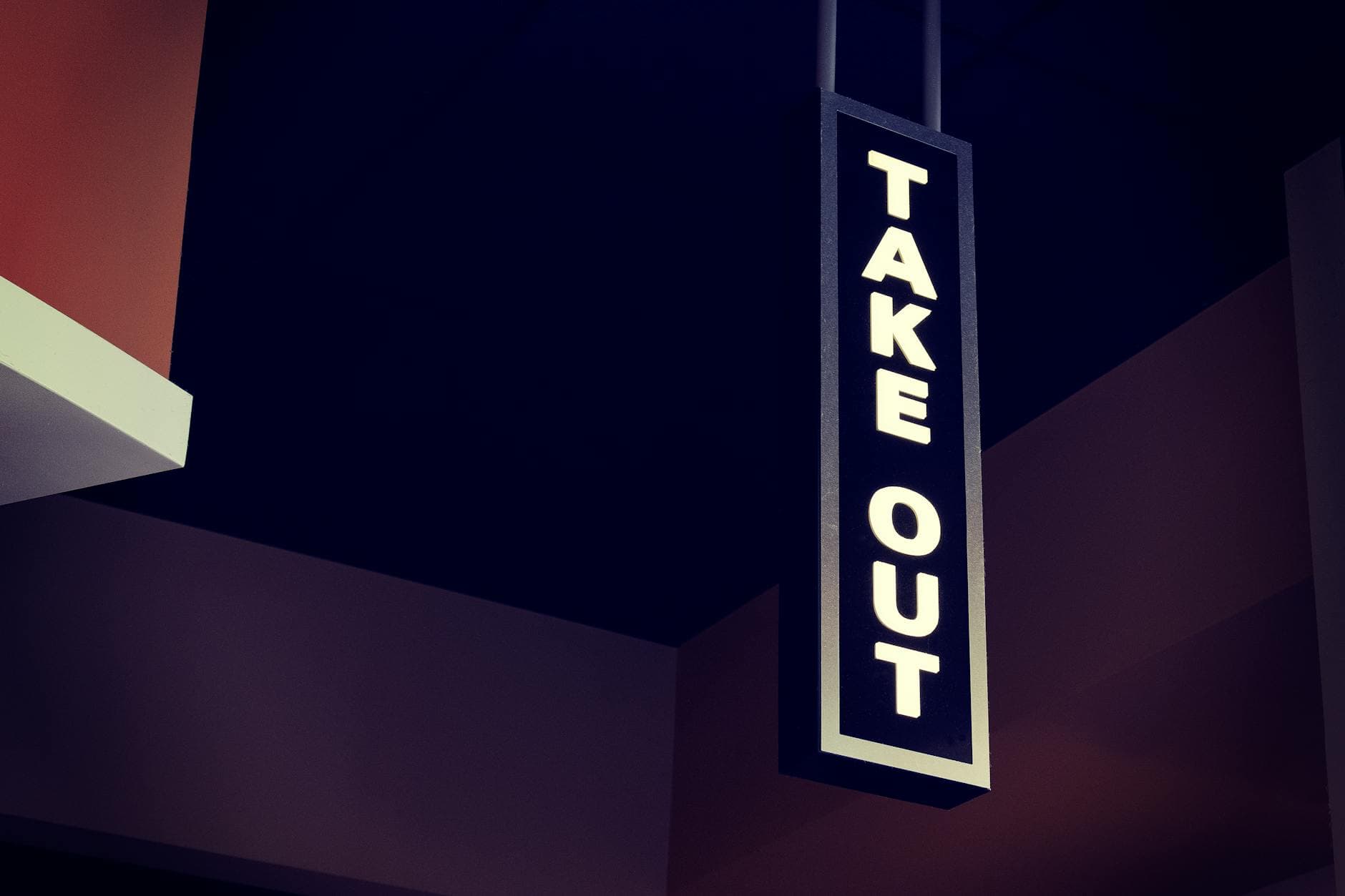Turning Negative Feedback Into SaaS Gold: How Criticism Drives Success

In the world of Software-as-a-Service (SaaS), the path to growth is paved not just with lines of elegant code and pitch-perfect product demos, but with a subtler, far more treacherous resource: customer feedback. For SaaS leaders, negative feedback is an inevitability. Yet the most successful companies have discovered an almost alchemical secret, transforming raw complaint and critique into gold that enriches product, deepens trust, and forges lasting customer loyalty.
It is tempting, especially amid a flurry of roadmap reviews and sprint deadlines, to look at negative feedback as something to be fixed or, worse, ignored. There remains a deeply human instinct to brush away discomfort, to rationalize or push back. But SaaS businesses, which exist in a perpetual two-way relationship with their users, cannot afford that luxury. Negative feedback in SaaS, unlike in traditional software, is not just about a buggy feature or a missed deadline. It cuts to the heart of what keeps customers subscribing month after month: the ongoing value of the product, the sense of partnership, and the confidence that when something goes wrong, it will be acknowledged and addressed.
The psychology of feedback in SaaS is deeply intertwined with the business model itself. Unlike the old days of one-off software sales, SaaS companies live and die by monthly renewals. This creates a paradox. On the one hand, unhappy users can simply leave, moving their data elsewhere with a few clicks. On the other, SaaS providers enjoy an unparalleled gift: a vast, ongoing conversation with their user base, with every complaint representing a user invested enough to speak up rather than walk away in silence.
Capitalizing on this paradox requires a cultural shift at the organizational level. It begins with reframing negative feedback not as a threat, but as a source of intelligence and, critically, an opportunity for human connection. 70 percent of customers who have a complaint solved to their satisfaction not only remain customers, but become more loyal than if they had never experienced a problem. The emotional lift that comes from being heard and valued far outweighs the momentary pain of a technical hiccup.
One of the defining features of high-performing SaaS companies is their approachability in the face of criticism. Intercom, for instance, built its reputation in the early days by making its CEO and product team directly available to users through the product’s built-in messenger. This radical transparency, which turns the impersonal inbox into a human-to-human conversation, transforms feedback into a two-way street. Users become more than tickets in a system; they become collaborators, and sometimes, product co-designers.
There is a strategic component to this openness that extends beyond public relations. Rapid feedback cycles can lead to insights no market survey or focus group would ever uncover. Slack famously pivoted away from an unreleased game after internal teams fell in love with the company’s chat tool, which was initially built to support development work. Early public testers pointed out frustrations and suggested improvements, many of which became central to Slack’s eventual dominance in workplace communication. Here the lesson is clear: negative feedback is the compass that points the way to product-market fit.
Of course, not all feedback is created equal, and not all gripes deserve the same level of attention. SaaS leaders must develop a keen sense for distinguishing signal from noise. This is where data and empathy join forces. Quantitative analysis of feedback themes, tracking the frequency, severity, and impact of reported issues, can clarify where attention is most urgently needed. Yet it is the qualitative side, the “why” behind the “what,” that often reveals root causes.
Consider the challenge of dealing with emotional feedback: messages laced with frustration, disappointment, or even anger. These interactions are crucibles for customer loyalty. The most important response is acknowledgement. A quick, authentic acknowledgment diffuses most negative energy, turning what could be a viral complaint into a story of responsiveness. Even when a problem cannot be solved immediately, the act of listening and responding with specific timelines and explanations is crucial. This transparency breeds trust; customers can forgive bugs and missteps, but they rarely forgive being ignored.
The opportunities presented by negative feedback do not stop at building good will. They can spark unexpected innovation. Some of today’s best-loved SaaS features were born out of persistent, even exasperated, user requests. Zapier, a workflow automation platform, expanded its app integrations dramatically after users expressed frustration over limited compatibility. What looked initially like nagging complaints, when mapped over time, crystallized into a strategic growth area that allowed Zapier to outpace competitors.
The post-mortem culture, doggedly embraced by many SaaS teams, takes feedback even further by sharing internally not just what went wrong, but how the company intends to prevent recurrence. This builds a culture of continuous improvement, where negative feedback is not a footnote but a vital part of everyday operations. The best teams invite their harshest critics to beta test new releases, quite literally making peace with the idea that perfection is always out of reach, and that every flaw points to opportunity.
There are real challenges on this path. At scale, maintaining a personal touch becomes ever more difficult. As user bases grow into the tens or hundreds of thousands, the stream of feedback swells into a flood. Here automation and AI play a role in organizing, tagging, and prioritizing feedback, but the danger of depersonalization looms large. The SaaS companies that succeed are those that find ways, whether through community forums, user councils, or targeted outreach, to ensure users never feel like mere statistics.
For technology professionals, the lesson is unambiguous. Negative feedback is not a detour to be navigated on the journey to product excellence; it is, in many ways, the main road. When approached with curiosity, humility, and operational discipline, criticism becomes the single most valuable catalyst for progress, innovation, and enduring customer loyalty.
In the end, SaaS is not just about software. It is about partnership and the pursuit of improvement, together. In that context, negative feedback, for all its sting, is an invitation to become better, to forge a product shaped not just by visionaries, but by the very people who rely on it every day. This is how negative feedback, wielded wisely, becomes one of the most powerful engines of positive experience in the digital age.


